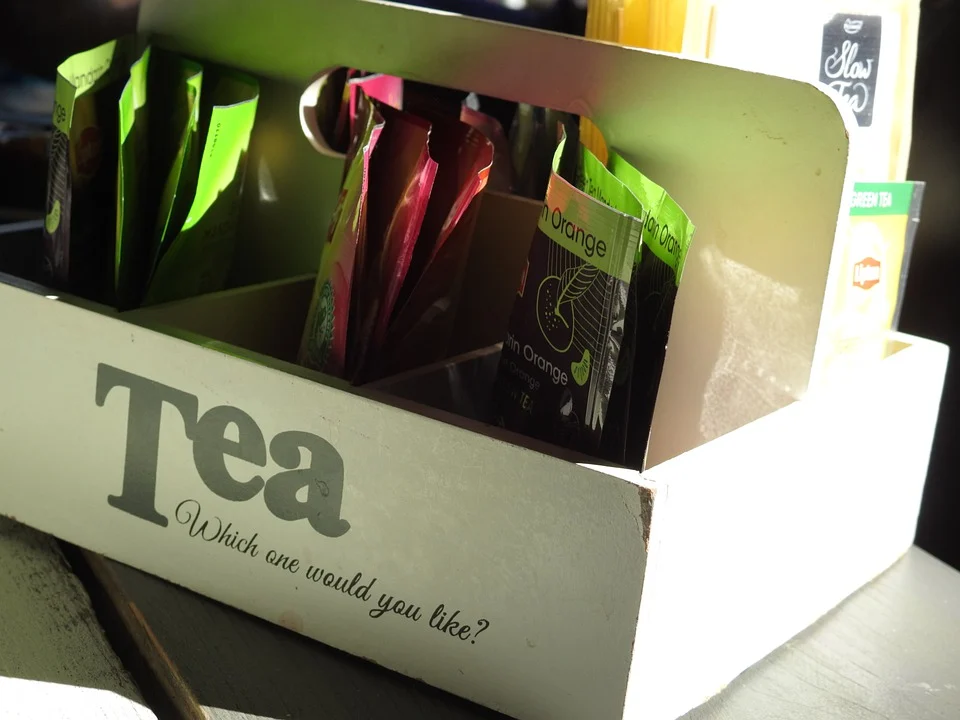Covering any good or product with special materials is not only a necessity designed to ensure its integrity and safety. Modern marketers use wrapping as a tool to attract attention and encourage customers to buy products. Let’s see how to pack tea to create an attractive design and preserve all the nutritional and aroma properties of the product.
Requirements for Tea Wrapping
The food industry sets particular conditions for goods. They should be correctly packed and retailed. When producing tea packaging, manufacturers should satisfy the following requirements:
- Packages must be moisture resistant. If water or moisture penetrates the box, the product will lose its nutritional qualities and become unsaleable.
- Sunlight resistance is required. Direct sun rays lead to spoiling the product.
- The drink is well-known for its subtle and durable smell. To keep the smell over the whole shelf life, the product must be packed properly.
- Shock-absorbing and airtight environments are provided. No free space is left to avoid leaves cracking. Tea leaves fit the box tightly, they can’t move and do not crack.
- Convenience during transportation. Complicated, non-standard shapes can break or deform on the road. If a company wants to transport originally shaped packages, make sure to pack them correctly to avoid deformation.
TOP-3 Most Popular Types of Tea Packaging
Nowadays, the types of tea packaging are very diverse. Paper, wood, tin, ceramics, clay, and even polyethylene can serve as tea packaging materials. We bring to your attention the most popular types of wrapping for the product, in which the product enters the modern market.
Pouches
Pouches are the most common kind of packaging for tea. Here, three subtypes are distinguished.
Stand-Up Pouches
Metalized bags for food are designed for storage, transportation, and wrapping of dried tea leaves for a long period of time. This is a multi-layer package made of foil with one or two seams, with a zip lock for ease of use. Such packaging can be shiny or matte, have a transparent side, or be completely closed.
Guaranteed safety for human health and no influence on the body are important advantages of foiled bags. A foil option is applied for reliable protection of tea leaves from moisture, sunlight, pollution, and penetration of external odors, as well as extending the shelf life of goods.
Such pouches are used for the transportation and storage of dried leaves. They are applicable to both large batches of products and retail trade (in supermarkets, specialized stores, and boutiques).
Modern equipment allows printing high-quality full-color company logo, tea brand name, and other advertising information.
Gusset Bags
Gusset bags are three-dimensional shapes with hems on the upper and bottom sides of the package. Quite often, “gusset bags” are called “flat bottom bags”. However, the only difference is that the second one has a pronounced flat bottom, while the first one has hemmed edges. Gusset packages have 3 seams, two horizontal (on top and bottom) and one longitudinal vertical in the form of a fin or overlap.
Plastic bags
Plastic bags are well-known due to their low cost, durability, resistance to moisture, sunlight, and damage. Compared to paper bags, plastic bags are more difficult to damage. Due to their physical properties, plastic bags are more tear-resistant.
As a rule, most of the products in grocery stores and supermarkets are packaged in plastic bags. This helps keep food fresh and preserve its aromatic qualities for a long period. When stored in plastic bags, tea leaves do not dampen.
Plastic bags are odorless and won’t break. You cannot break a plastic bag until it rips off on its own. There is no specific smell and color of plastic.
The material is friendly to all sorts of printing. Thus, logos and other kinds of information about the product can be easily applied to the package.
Paper containers
The main advantages of such packaging include:
- ease and speed of adaptation to the shape of the product;
- compactness;
- ease of use and disposal.
Yet, they are exposed to moisture and can be damaged easily. Thus, this is not the best option for wrapping tea.
Benefits of Tea Pouch Packaging
The packing process has the following benefits:
- If all the requirements are met, the product stays fresh and does not lose smell or taste.
- Tea leaves do not crack during transportation if packed correctly.
- Smell and taste are strong and preserved over half a year or more.
- Packages are used as a marketing tool to stand out against competitors and attract attention to the brand.
Nowadays, packaging plays not only a functional but also aesthetic function. A business can promote its brand and attract consumers if marketers develop the right design. Still, wrapping should contain all the required info about the product, producer, and other related data.

